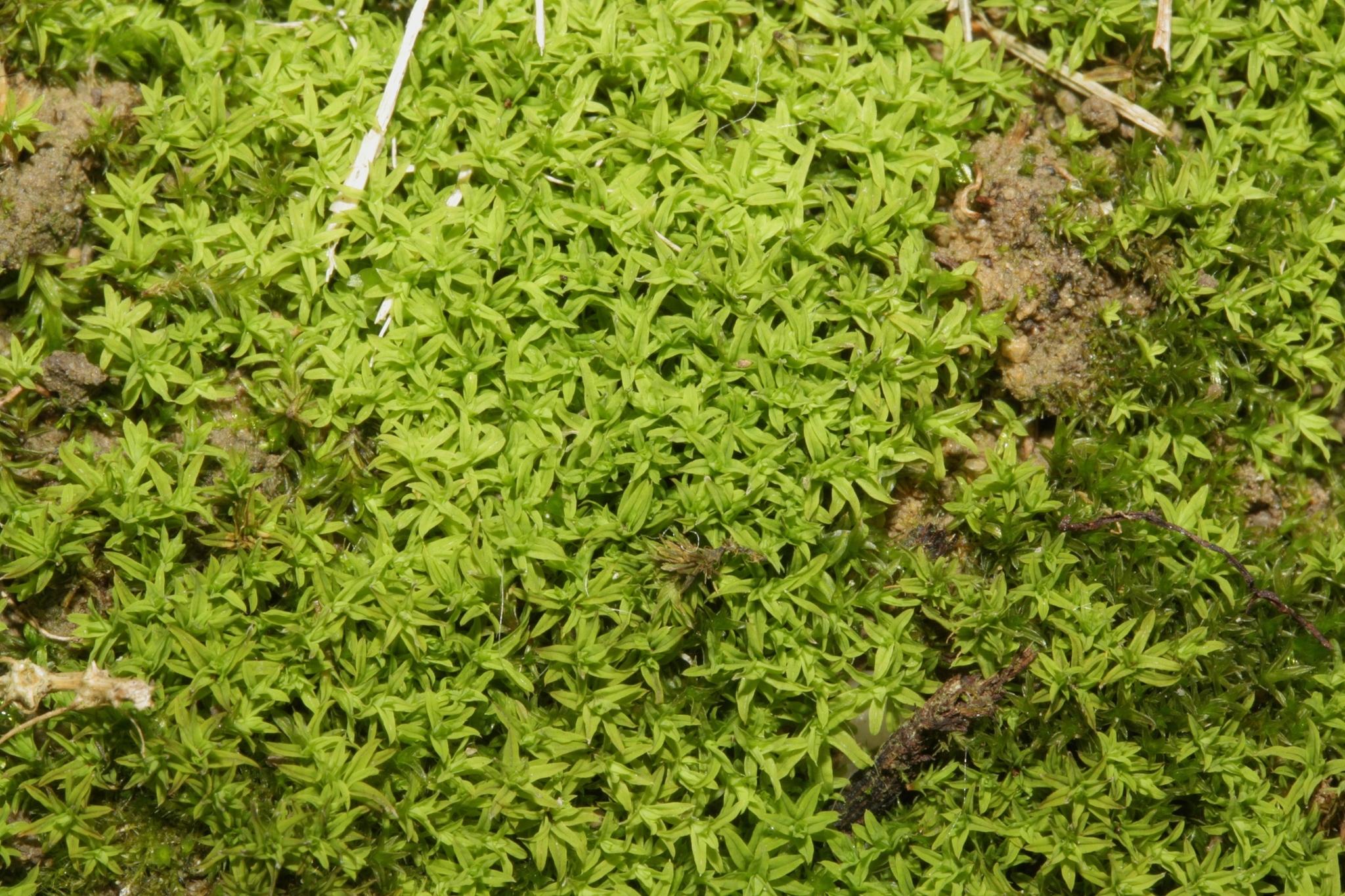
barbula_ehrenbergii.jpg from: https://www.earth.com/plant-encyclopedia/Bryophytes/Pottiaceae/barbula-ehrenbergii/en/
Introduction
The world of mosses is fascinating and diverse, with over 12,000 species found across the globe. In this blog post, we’ll take a closer look at one particular species: Barbula pertorquescens Broth., also known simply as Barbula. This moss belongs to the Pottiaceae family and has some unique characteristics worth exploring.
Background
Mosses are small, non-vascular plants that belong to the division Bryophyta. They lack true roots, stems, and leaves, instead having structures that serve similar functions. Mosses play important ecological roles, helping to retain moisture, prevent erosion, and provide habitat for tiny organisms. There are over 12,000 moss species, divided into 8 classes, including
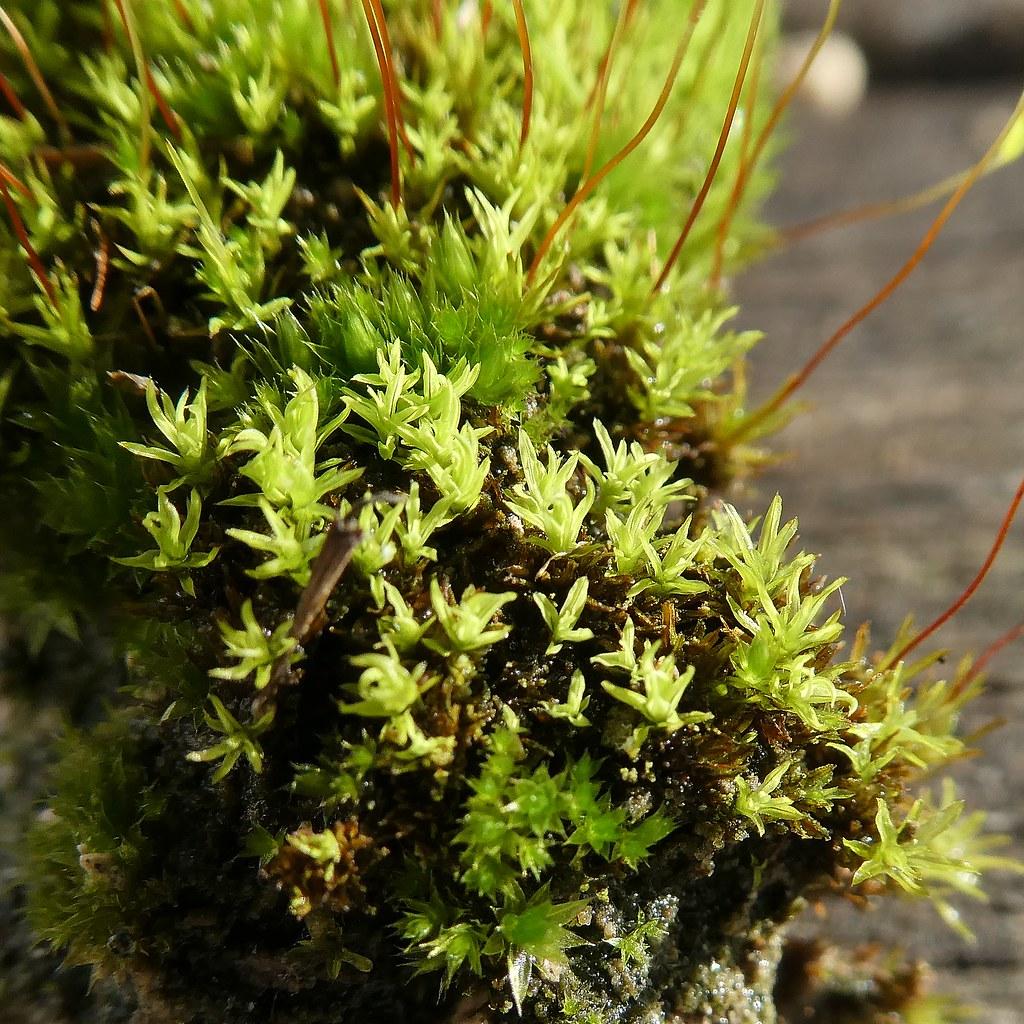
51698624694_43d8a252c3_b.jpg from: https://www.flickr.com/photos/21657471@N04/51698624694/
Bryopsida which contains Barbula pertorquescens.
Barbula pertorquescens Broth. Moss
Morphology and Identification

Barbula-javanica-A-Soil-substrate-B-Colonies-C-Individual-mosses-D-Leaf-anatomy.png from: https://www.researchgate.net/figure/Barbula-javanica-A-Soil-substrate-B-Colonies-C-Individual-mosses-D-Leaf-anatomy_fig1_367535414
Barbula pertorquescens is a small, cushion-forming moss. Its leaves are lanceolate (lance-shaped) and have a strong midrib that extends to the leaf tip. The leaf margins are recurved (curved backwards). A key identifying feature is that the leaves become
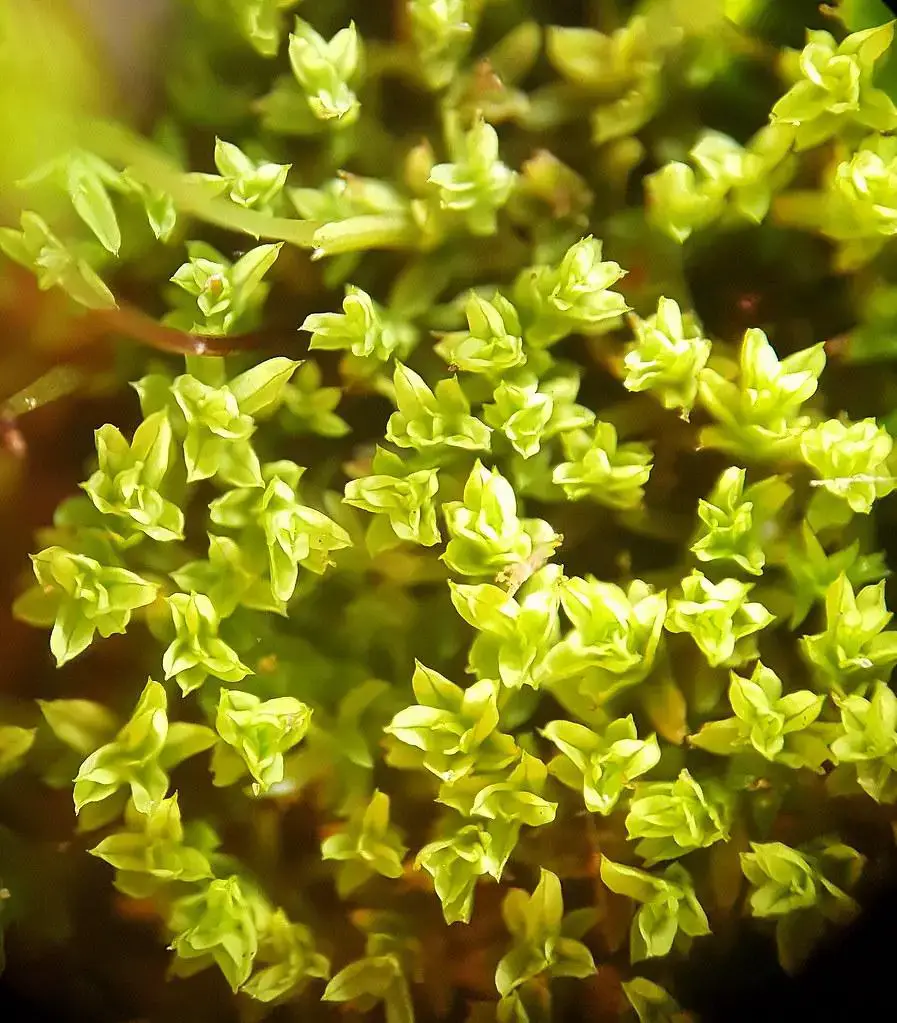
51709218994_b892160241_b.jpg from: https://www.flickr.com/photos/21657471@N04/51709218994/
contorted or twisted
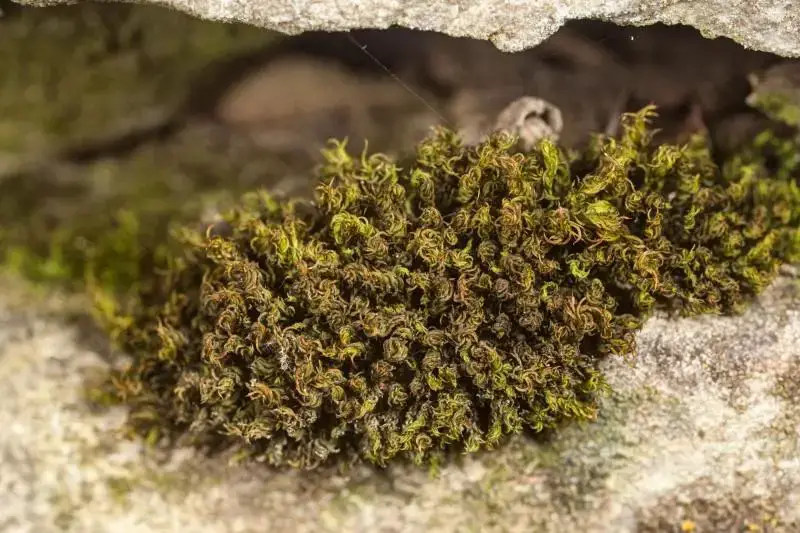
Barbula-unguiculata-31-800×533.jpg from: https://ohiomosslichen.org/moss-barbula-unguiculata/
when dry, hence the species name “pertorquescens” which means twisting.
Global Distribution and Habitat
This moss has a wide global distribution, found in Europe, Asia, Africa, Australia, and the Americas. It grows on a variety of substrates including soil, rock, concrete, and tree bark. Barbula pertorquescens is able to tolerate dry conditions and is often found in exposed, sunny locations.
Ecological Roles and Adaptations
Like other mosses, Barbula plays an important role in its ecosystem:
- Helps retain moisture in the soil
- Stabilizes soil and prevents erosion
- Provides shelter for invertebrates
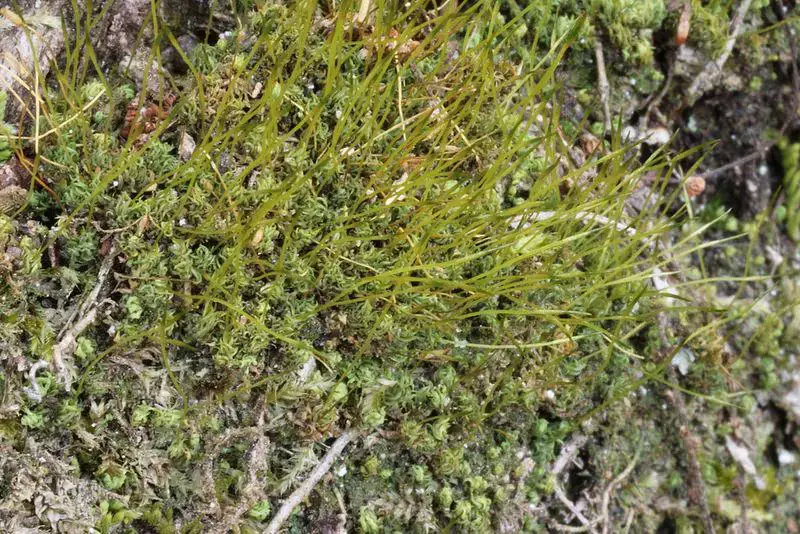
jim__stasz_17521849672_b86af4fcbd_c.jpg from: https://www.marylandbiodiversity.com/media/viewThumbnails.php?species=10893&showAll=1
- Pioneers the colonization of bare ground
Barbula has several adaptations that allow it to survive in dry environments:
- Twisting leaves that reduce surface area and moisture loss
- Thick cell walls to prevent desiccation
- Ability to enter a dormant state when water is scarce
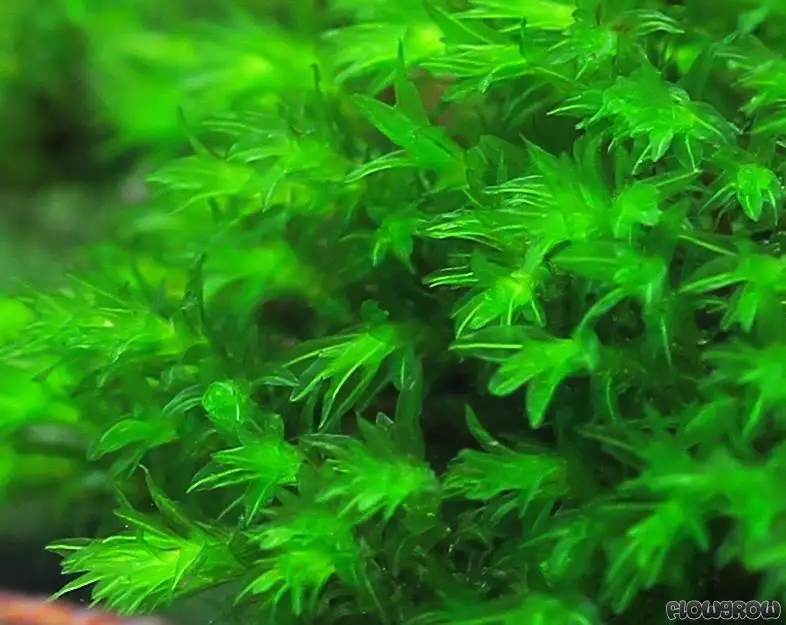
barbula-sp-4f7a03a144331.jpg from: https://www.flowgrow.de/db/aquaticplants/barbula-sp
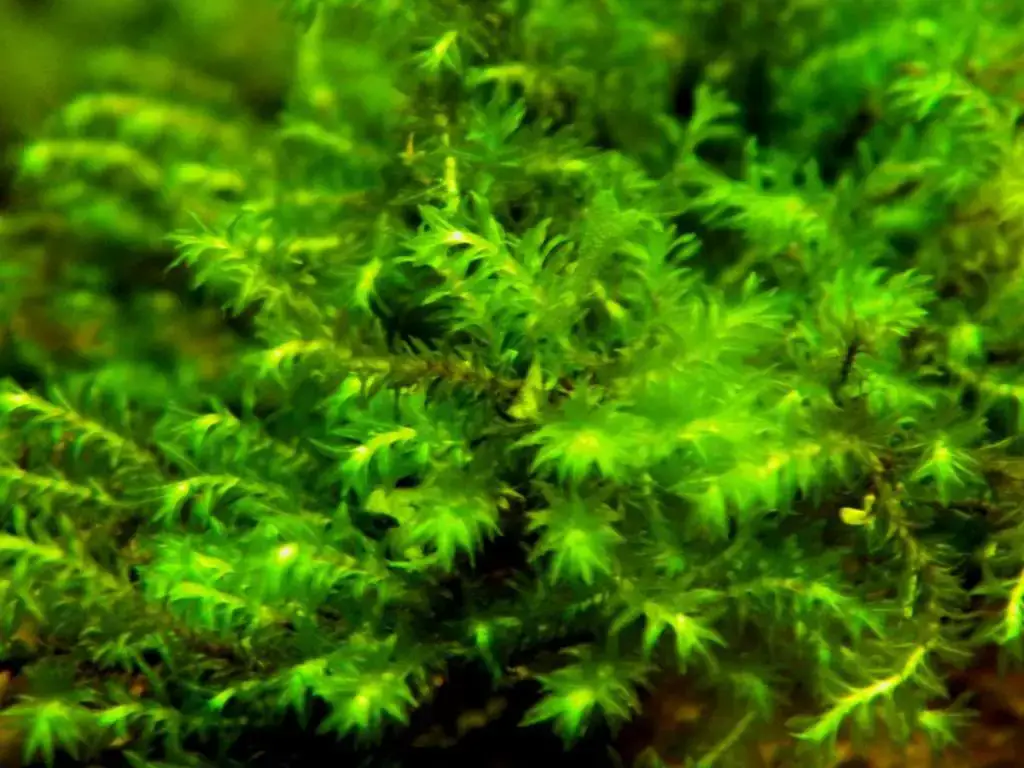
0261-1024×768.jpg from: https://www.aquaforum.ua/auction/auctions/plant/barbula-sp-millimeter-moss/
| Characteristic | Description |
|---|---|
| Leaf shape | Lanceolate |
| Leaf midrib | Strong, extending to tip |
| Leaf margins | Recurved |
| Leaf twisting | Contorted when dry |
| Habitat | Exposed, sunny locations |
| Substrates | Soil, rock, concrete, bark |
| Adaptations | Twisting leaves, thick cell walls, dormancy |
Conclusion
Barbula pertorquescens is a small but mighty moss, demonstrating incredible resilience in the face of challenging environmental conditions. Its ability to colonize bare ground, retain moisture, and provide habitat makes it an important component of many ecosystems. Next time you’re out for a walk, take a closer look – you may just spot some Barbula twisting in the breeze! What other mighty mosses have you encountered?
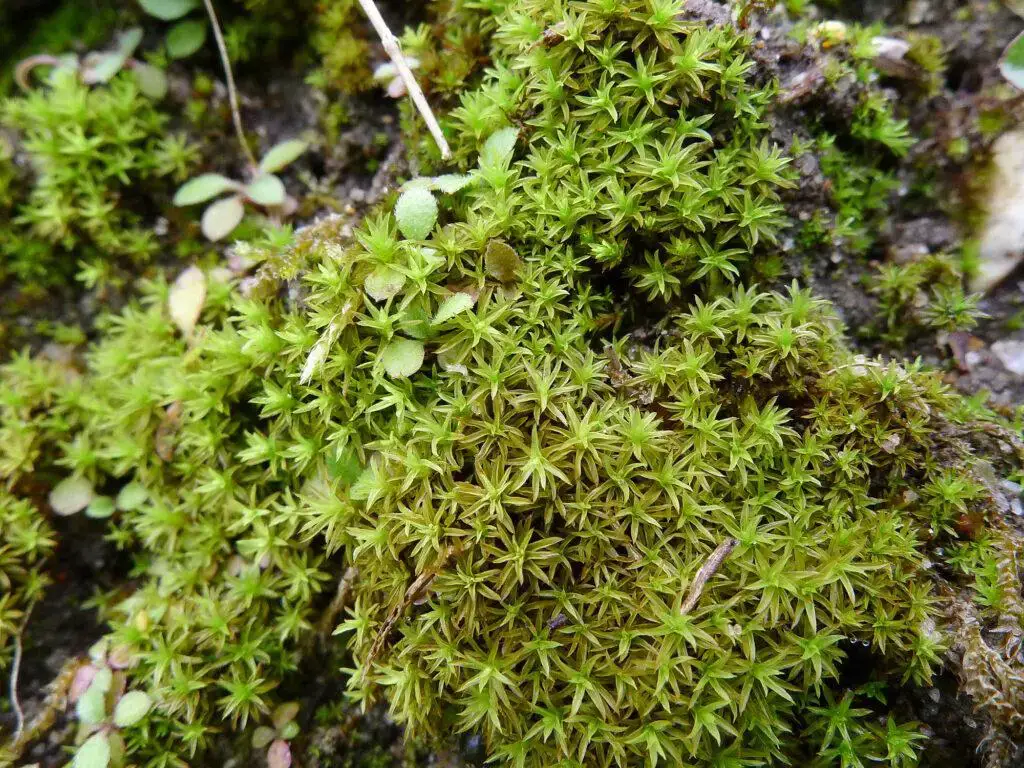
Barbula-unguiculata-0512-1024×768.jpg from: https://www.britishbryologicalsociety.org.uk/learning/species-finder/barbula-unguiculata/
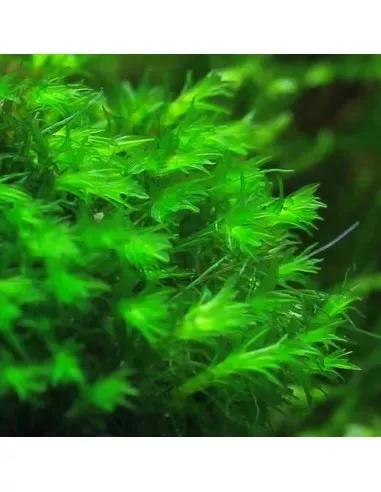
barbula-sp-millimetre-moss.jpg from: https://www.aquabota.com/fr/accueil/14299-barbula-sp-millimetre-moss.html